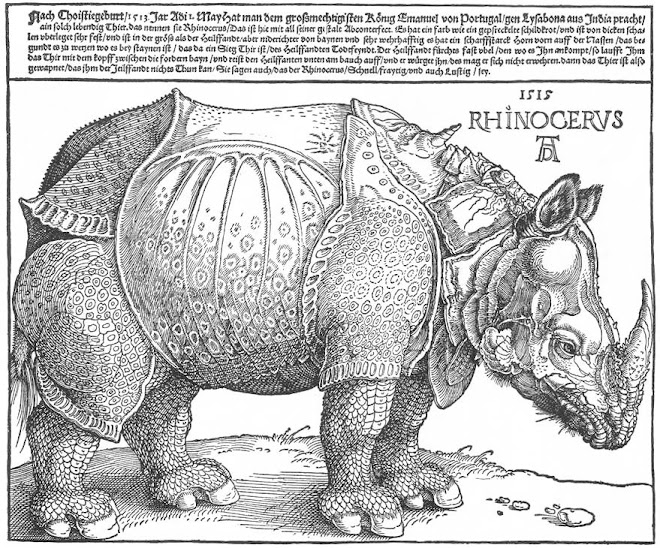52. The excellent, however, not only cannot escape the fate of being thus deprived of life and Spirit, of being flayed and then seeing its skin wrapped around a lifeless knowledge and its conceit.
54. Comprehended in this is the fact that Being is Thought; and this is the source of that insight which usually eludes the usual superficial [begrifflos] talk about the identity of Thought and Being. (p. 33)
59. Argumentation is reflection into the empty 'I', the vanity of its own knowing. (p. 36)
790. When the 'I' is called soul, it is true that it is also represented as a Thing, but as something invisible, intangible, etc., and therefore in fact not as an immediate being and not as what is meant by a Thing. That judgement, taken just as it stands, is non-spiritual or rather is the non-spiritual itself. In its Notion, however, it is in fact the most richly spiritual, and this inner significance of what is not yet apparent is what is expressed in the two other moments to be considered. (p. 481)
795. The Notion, too, is itself already present on the side of self-consciousness. But as it has come before us thus far, it has to be a particular shape of consciousness like all the other moments. It is, therefore, that aspect of the shape of self-assured Spirit that abides within its Notion and was called the 'beautiful soul'. The 'beautiful soul' is its own knowledge of itself in its pure, transparent unity---the self-consciousness that knows this pure knowledge of pure inwardness as Spirit. It is not only the intuition of the Divine but the Divine's intuition of itself. Since this Notion holds itself firmly opposed to its realization, it is the one-sided shape which we saw vanish into thin air, but also positively externalize itself and move onward. (483)
807. The self-knowing Spirit knows not only itself but also the negative of itself, or its limit: to know one's limit is to know how to sacrifice oneself. (p. 492)
Hegel's Phenomenology of Spirit (1807)
Translated by A. V. Miller
with Analysis of the Text and Foreword by J. N. Findlay, F.B.A., F.A.A.A.S.
Oxford University Press 1977
30 November 2018
Subscribe to:
Posts (Atom)



+--+Albrecht+D%C3%BCrer.bmp)
